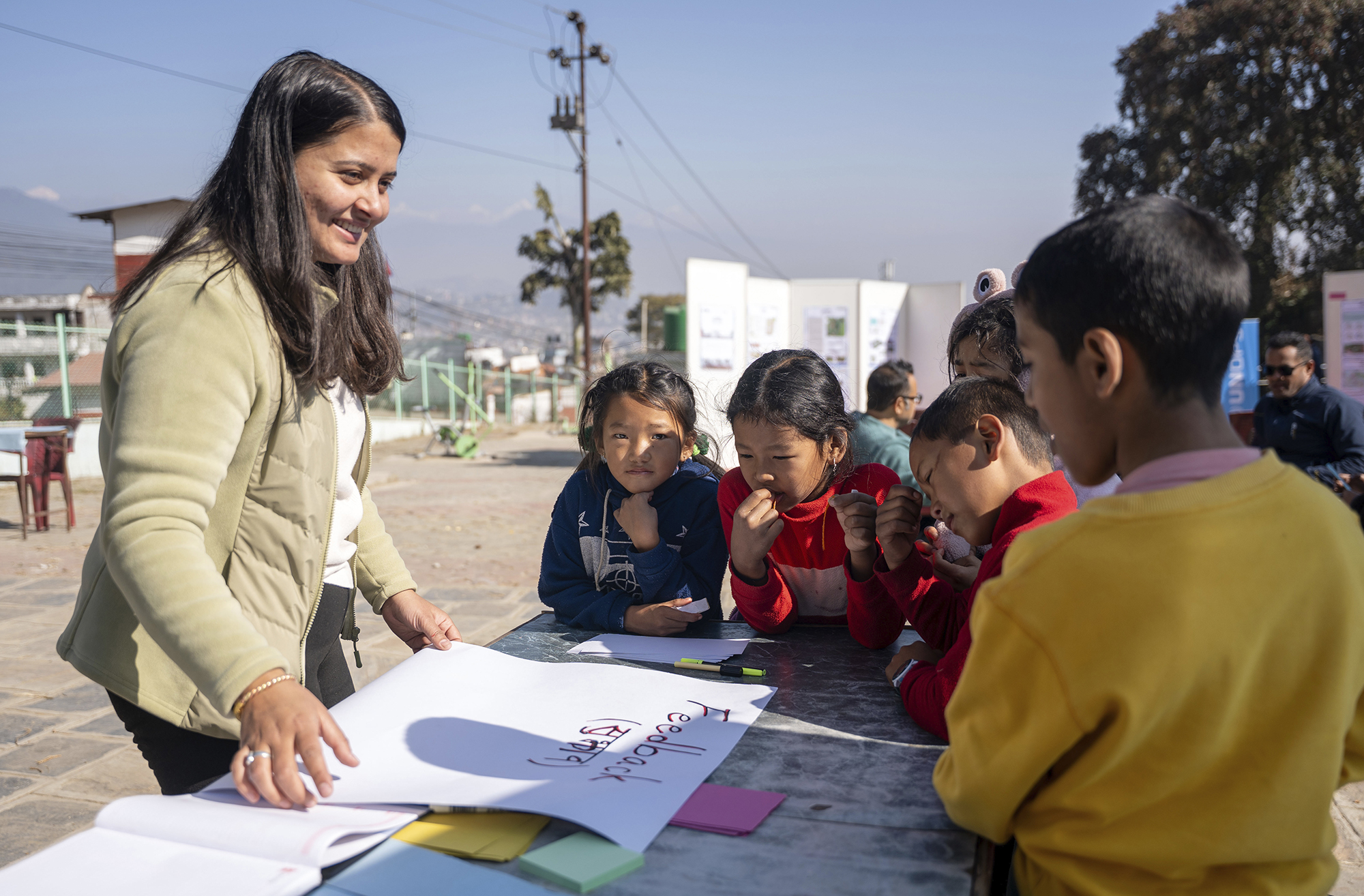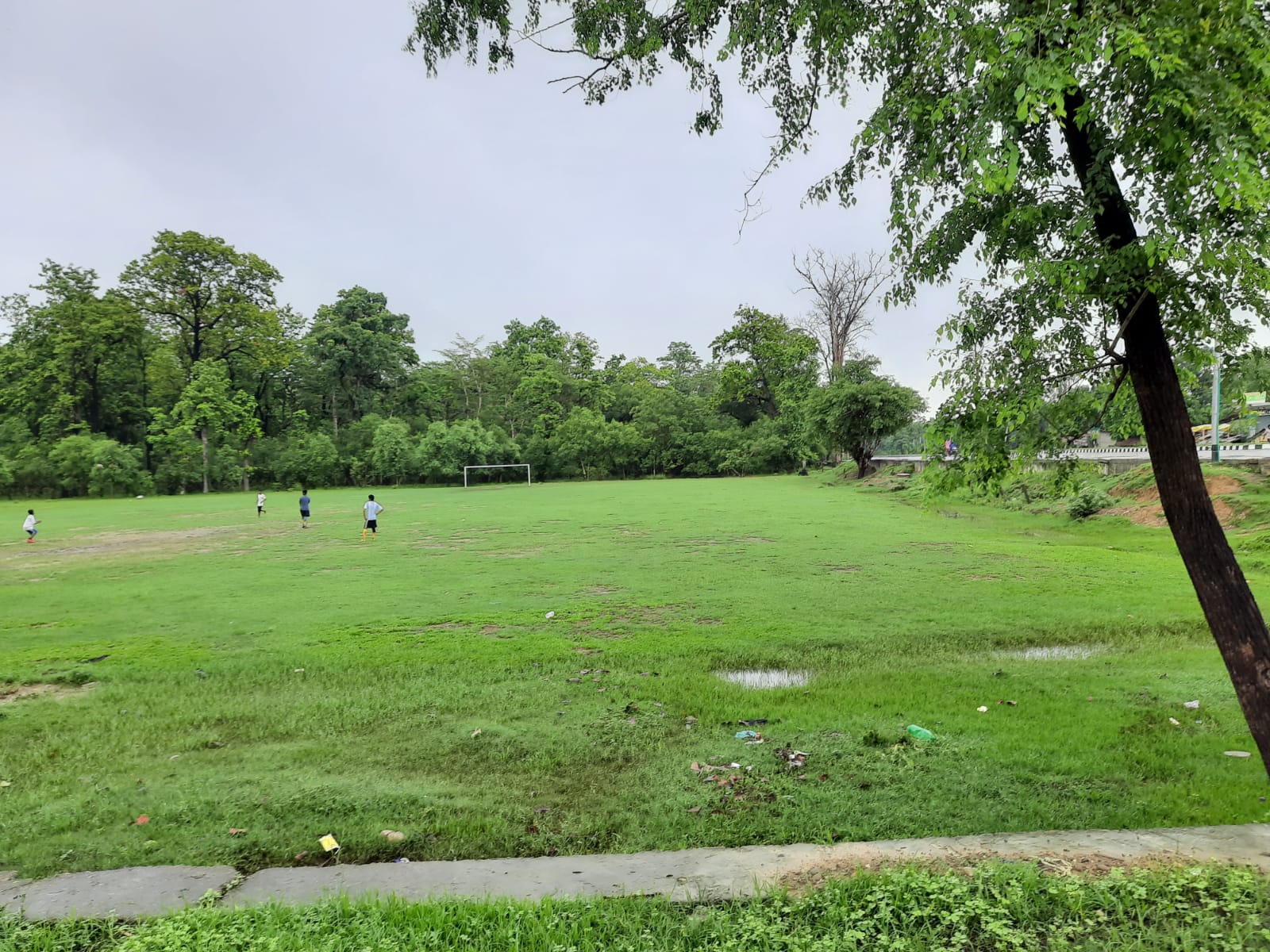This article was adapted from remarks delivered by Cities Alliance Director William Cobbett in a panel discussion on Secondary Cities at the Wilson Center, Washington, DC October 1, 2015.
There is no question there is something major to celebrate with the new Sustainable Development Goals (SDGs), especially SDG 11. For the first time, we have global recognition of the importance of cities, both as objects of the need for assistance and as players in their own right.
As we move forward in responding to SDG 11 and the whole range of targets and goals, there are three main baskets of challenges that I think need to be addressed.
Challenge One: A framework that gives cities what they need to do the job
The principle of subsidiarity – of having the right function, powers and resources at the appropriate level – is an absolute precondition for achieving SDG 11. This means an enabling constitutional, legal and fiscal policy framework; clarity between tiers of government, with roles and responsibilities accurately assigned; and a stable, usable fiscal transfer system, among others.
These are such major issues, yet they do not attract nearly enough attention. Most constitutional, legal and fiscal policy frameworks are significantly better in the rhetoric than they are in the application. Most governments do have legislation on decentralisation, but it is not applied.
For cities to achieve the SDGs, they need the power, authority and agency to do what makes sense for that city. In other words, we have to allow cities to respond differently to the same sets of challenges. This area is where innovation really needs to come from.
Challenge 2: Rethinking policy responses
Cities and local governments will often present themselves as the victims of a bad policy environment, while at the same time taking policy decisions at the local level that exacerbate the problem.
One such decision is not to focus on the whole city and all citizens at the same time. Local governments often cherry-pick parts of the city for interventions, while ignoring significant populations – most often slum dwellers in informal settlements, which are not on the map and are not seen to be vital to the political future of the local authority to address.
| Addressing the SDGs means talking about a multigenerational, constant set of activities and policy revision, starting now. We have to be thinking about the big picture and the glaciers we may need to move. |
In many cases, local governments implement antipoverty policies if not in name, but in practice. This includes a lack of future planning. Some of the best work Cities Alliance is supporting now involves working with local governments in Africa to try and anticipate future population growth. This work involves thinking about what a city will look like in three decades, and moving administrative boundaries now so they can start planning for the services that will certainly be necessary.
Africa has got an opportunity to do a combination of retrofitting and forward planning, but the default position of most cities is to act after the event – the most inefficient and expensive way of doing city planning.
Challenge Three: Making local government a career opportunity
Even as we celebrate SDG 11 and try and promote the role cities to achieve it, most cities have neither the resources nor the skills to do what we claim they have to do.
We need to completely rethink our approach to the opportunities provided for working in local government. This means professionalising civil service and turning local government work into a preferred choice of professionals and a career opportunity. Unless we think like that, who is going to be running the cities that we are talking about? For example, in Liberia there are seven urban planners, four of whom are in the private sector – actually not a bad proportion compared to other countries.
Traditional approaches to capacity building are not going to cut it. We need a ten- to 20-year major programme of rethinking what is taught at universities so that we are not teaching post-Colonial master planning to cities that are doubling in size in 15 years.
For example, what skill capacity does the fifth biggest city in Burkina Faso have to run that city? What does it need? Unless we start looking at the human and resource capital needed in hundreds of cities across Africa and southeast Asia, our celebrations for SDG 11 maybe more than premature.
Watch a video of the Secondary Cities event at the Wilson Center: https://www.wilsoncenter.org/event/the-systems-secondary-cities-neglected-drivers-urbanizing-economies-0




